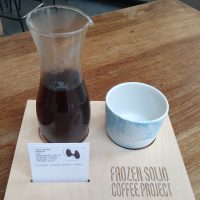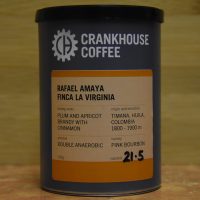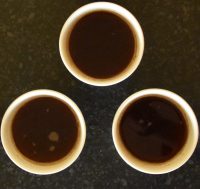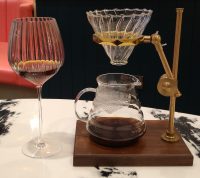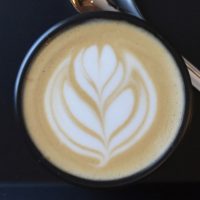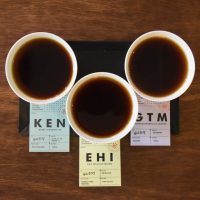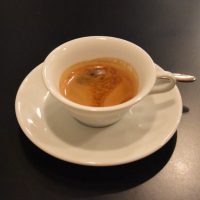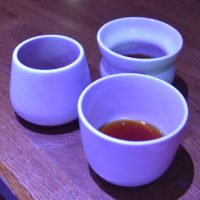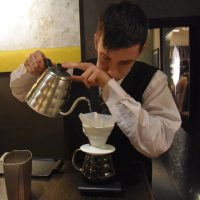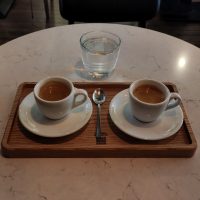 Today’s Coffee Spot is part Saturday Supplement and part Coffee Spot Update. Earlier this year, James Hoffmann went to Milan where he met Enrico Maltoni, who restores vintage espresso machines. One thing led to another, with James buying a 1958 Faema President lever espresso machine, which Enrico restored. Fast forward a few months and the Faema was delivered, in full working order, to London, where James had decided to install it, on a temporary basis, in the legendary Prufrock Coffee, Square Mile’s coffee shop on Leather Lane in Shoreditch.
Today’s Coffee Spot is part Saturday Supplement and part Coffee Spot Update. Earlier this year, James Hoffmann went to Milan where he met Enrico Maltoni, who restores vintage espresso machines. One thing led to another, with James buying a 1958 Faema President lever espresso machine, which Enrico restored. Fast forward a few months and the Faema was delivered, in full working order, to London, where James had decided to install it, on a temporary basis, in the legendary Prufrock Coffee, Square Mile’s coffee shop on Leather Lane in Shoreditch.
However, James being James, there was more to it than that. Rather than use a modern blend, like Square Mile’s ubiquitous Red Brick, James and the team at Square Mile developed a limited-edition blend, Il Grifone, specifically designed for the lever espresso machine, with the option of trying it side-by-side with a shot of Red Brick, pulled on the modern Black Eagle espresso machine. All of this was explained in a video that James posted on his YouTube channel two weeks ago. As luck would have it, I was passing through London the following week, so naturally I made my way to Prufrock, my first visit there in many a year.

